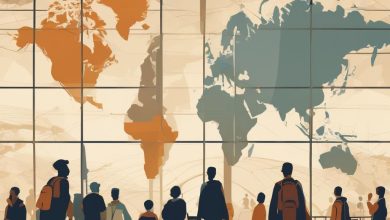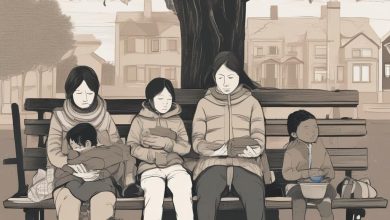Migration
Cultural Integration and Identity in the Age of Global Migration

Introduction
- Introduce the concept of cultural integration as a significant aspect of global migration.
- Explain how migration impacts both individual identity and cultural landscapes within host countries.
Understanding Cultural Integration
- Define cultural integration and how it differs from assimilation and multiculturalism.
- Discuss the factors that influence the integration process, such as language acquisition, social networks, and community engagement.
Impact of Migration on Individual and Collective Identity
- Explore how migration affects migrants’ personal identity and cultural ties.
- Discuss the challenges migrants face in balancing their cultural heritage with adopting aspects of the host culture.
Case Studies of Successful Cultural Integration
- Provide examples of communities or programs that have successfully facilitated cultural integration.
- Highlight lessons learned and practices that can be applied in other contexts.
Challenges in Cultural Integration
- Identify barriers to integration, such as discrimination, language difficulties, and social exclusion.
- Discuss the role of refugee and immigrant support services in addressing these challenges.
The Role of Policy and Education in Facilitating Integration
- Analyze how government policies and educational programs can promote cultural understanding and integration.
- Discuss the importance of inclusive language policies and access to public services.
Conclusion
- Summarize the complexities of cultural integration in the face of global migration.
- Encourage the continuous development of policies and programs that support diversity and inclusion.





